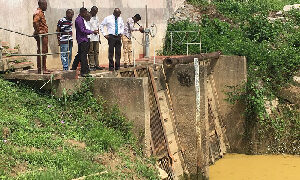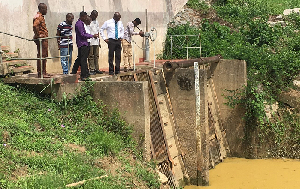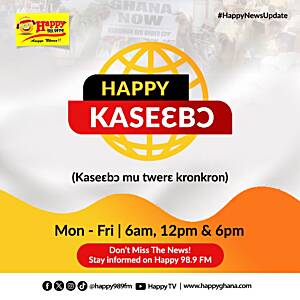Ghana Water Limited (GWL) has announced a bold new plan to address the destructive impact of illegal mining commonly known as galamsey on the country’s water sources and treatment systems.
At a press briefing in Accra on Monday, October 20, GWL Managing Director Adam Mutawakilu outlined a 24-month catchment recovery strategy targeting eight key river bodies that supply the utility’s treatment plants nationwide. The initiative aims to reverse the degradation caused by pollution and siltation resulting from galamsey activities.
“We’re proposing a proactive, upstream solution a joint 24-month catchment recovery plan focused on eight priority rivers feeding our plants,” Mutawakilu said. “It includes riverbank stabilisation, revegetation at erosion-prone areas, targeted dredging near intake points, and improved land use compliance, supported by active community engagement to protect riparian zones.”
The plan, according to GWL, is both an environmental necessity and a financially sound strategy. Mutawakilu explained that restoring the health of the water bodies will not only ease treatment processes but also cut operational costs and extend the lifespan of water infrastructure.
“From a financial perspective, upstream interventions will help restore abstraction capacity, reduce treatment complexities, lower energy consumption per cubic metre, and limit damage to our systems caused by corrosive sediments,” he stated.
He added that the initiative marks a shift in GWL’s operational strategy from reactive crisis management to long-term, cost-effective water production.
“Essentially, we’re transforming recurring emergencies into strategic, high-impact interventions that stabilise supply and bring unit costs closer to baseline levels,” Mutawakilu concluded.




















